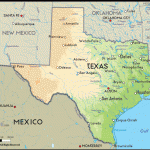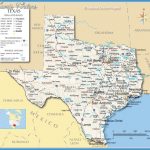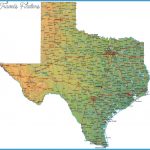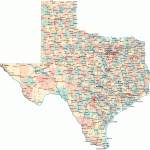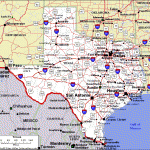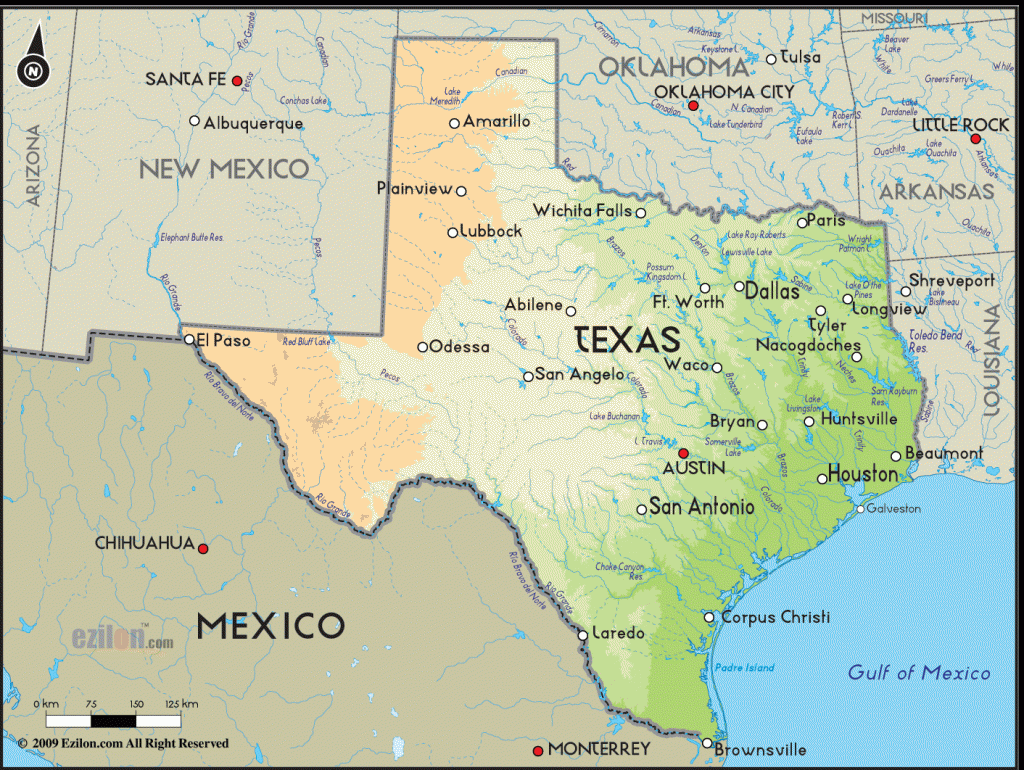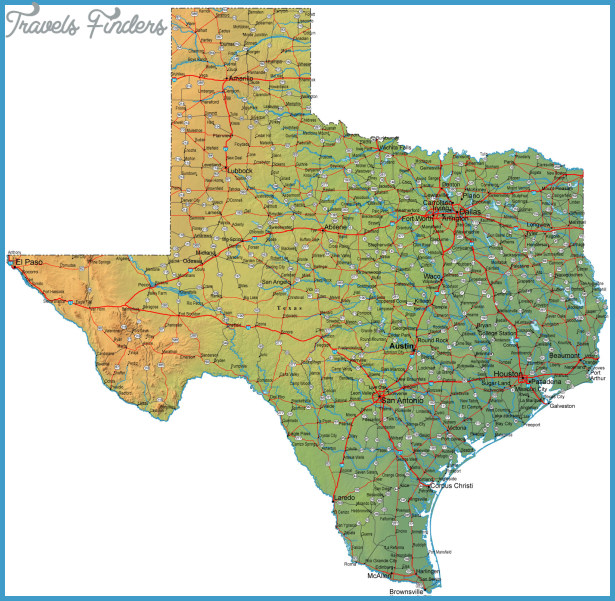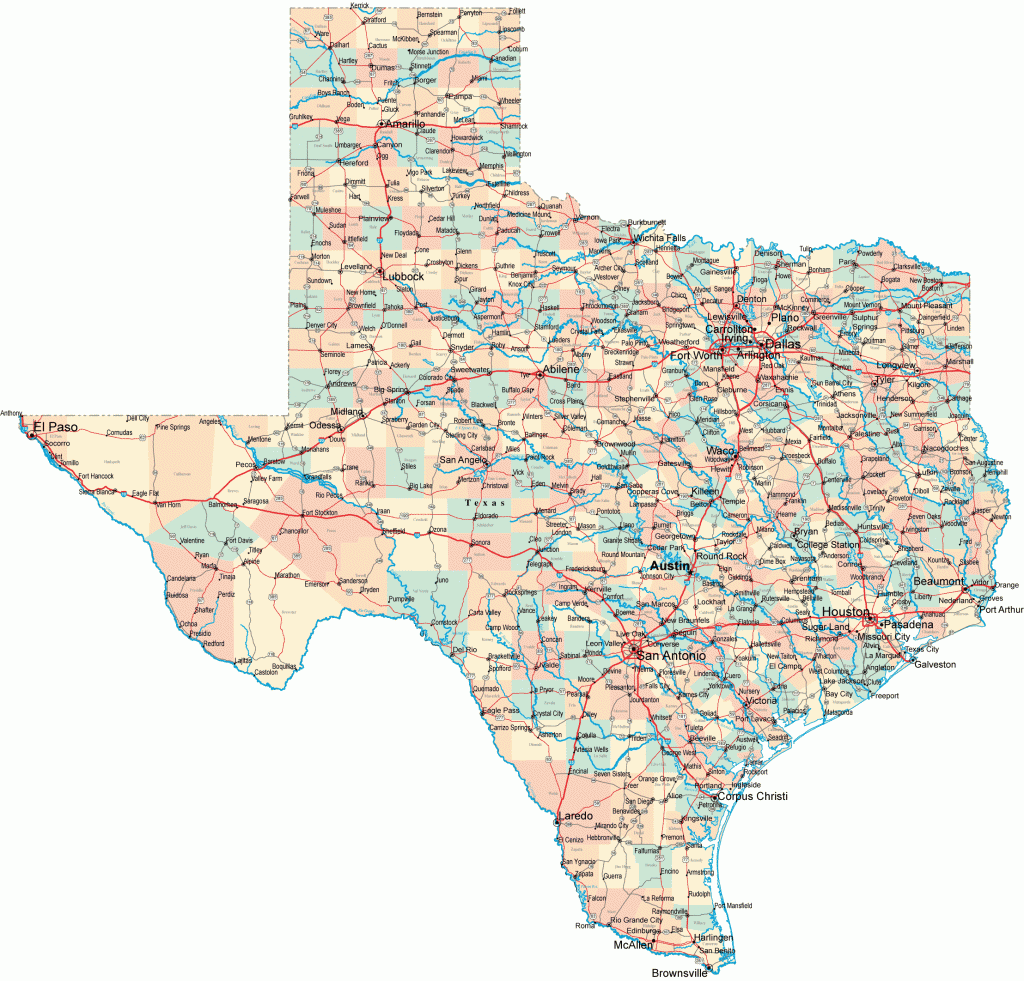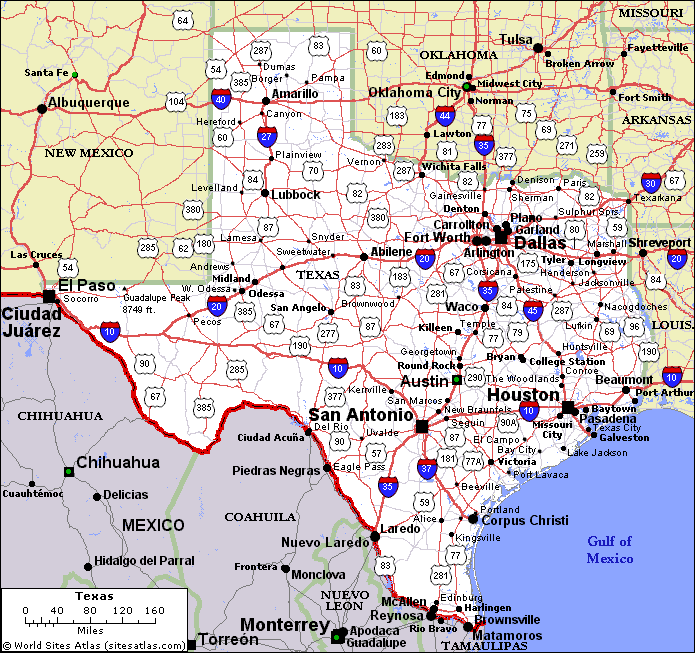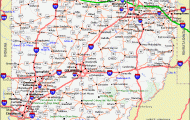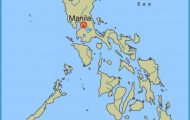HISTORICAL OVERVIEW
Meanwhile, in Mexico, the government was destabilized by debates between centralists, who wanted a strong central government, and federalists, who favored strong state governments. Aware of their own particular needs, Tejanos sided with the federalists and sent representatives to the state government in Saltillo. Arguments in the legislature led to the representatives’ expulsion. This censure was greatly resented by Tejanos.
In 1829 a presidential coup in Mexico sided with conservative centralists and led to harsher treatment of U.S. migrants in Texas. Mexico charged Anglo-American settlers with violating laws because of their Protestant beliefs and slavery. The Mexican government passed a law in 1830 disallowing further migration from the United States and backed the legislation by increasing their military presence in Texas. Europeans, seen as lesser threats, were still allowed to migrate. Irish Catholic migrants settled in south Texas, and German Catholic populations established communities around present-day Austin and southeastern Texas. The law also prohibited foreign retail trade, impacting the growing trade with Anglo-controlled Santa Fe.
In 1832, General Lopez de Santa Anna overthrew Anastacio Bustamante’s conservative Mexican government. Tejanos sided with Santa Anna, who initially took a liberal stance. During the Conventions of 1832 and 1833, Tejanos and Anglo-Americans stated their hopes for trade restabilization and for the addition of bilingual judges and administrators. Mostly the residents desired more economic and political autonomy. Their hopes were short-lived; Santa Anna changed sides and threw in with the centralists in 1834.
Tejanos were not worried solely about Central Mexican politics, but were also preoccupied by events at home. Although they favored the economic vitality brought by U.S. migrants to the region, Tejanos felt overwhelmed by these migrants’ growing numbers. By 1830 the migrant population had reached almost thirty thousand, while Tejanos still numbered about four thousand. Further, the Anglo-Americans had their own political agendas and often acted unilaterally against Mexico, regardless of what their more cautious Tejano neighbors wanted. The seizing of Tejano ranch lands only exacerbated the growing distrust and antagonism. Although the Tejanos protested to the government in Saltillo, the Mexican government was not above distributing land grants to migrants that violated the Tejanos’ preexisting land titles. This contributed to economic rivalry that sometimes led to open conflict.
The political instability led to military conflicts between Mexico and Tejanos, along with the Anglo-Americans, who now referred to themselves as Texians. Texas forces formed a federalist army, with Stephen F. Austin as its elected head. Many Tejanos enlisted as cavalry under Austin; Texians, recognizing the Tejanos’ abilities as much better horsemen, readily accepted them. The situation exploded in October 1835, when local Tejanos and Texians at Gonzales refused to surrender their canon to centralist forces. The federalists won the battle, and white settlers and some Tejanos began a war for independence. Shortly afterward, Texans took over the presidio at Goliad and fought the Battle of Concepcion, where 90 federalists defeated more than 450 Mexican troops. By mid-December 1835, the federalist forces had overtaken San Antonio; the following February, they held their first political convention.
Shortly after the convention and the creation of the Texas Declaration of Independence, Santa Anna laid siege to San Antonio. On March 6, 1936, the Alamo fell, and local Texians and Tejanos who were loyal to the republican cause fled. Although Santa Anna offered amnesty to Tejanos who had helped the Texians, many chose to remain with the republicans. However, even among those who fought at the Alamo, many were hesitant to fall in with the notion of an independent republic in which they would be severely outnumbered by the Texians. This group was not alone; centralist sentiments were strong in San Antonio and other communities. Even some Texians who had married into Tejano lines were supportive of Mexico’s government.
The conflict did not end with the Alamo. In retaliation for the republican revolt, Santa Anna executed nearly 400 Texians and Tejanos at the Goliad Massacre. Texian Sam Houston responded at the Battle of San Jacinto, and Santa Anna forces were defeated. Tejano troops, headed by Juan Nepomuceno Seguln, distinguished themselves and were noted by many for their valor. With this battle, Texas won its independence and became a nation.
Still, there was no peace between the Texians and Tejanos. During the war, republican forces had openly recruited Americans to join their ranks. The newly
arrived population expressed open contempt for Roman Catholics and refused to distinguish between Mexicans and Tejanos. The possibility that some Tejanos might still be sympathetic to Mexico’s government did little to overcome Texian paranoia. Accusations of treason persisted, even against those who had died at the Alamo. Texian suspicions only seemed validated when Tejanos at San Antonio (retaken twice by Mexican forces during the 1840s) offered aid to wounded soldiers of both sides. In reality, most Tejanos assumed a neutral position in order to survive the Texas Revolution and the following period of instability. One could never be sure which army would win.
Nonetheless, after much frustration, some Tejanos did take an aggressive stand. In August of 1838, Vincente Cordova led 400 Tejanos and Cherokees against Texian forces in East Texas. This event, known as the Cordoba Rebellion, was a Tejano reaction to the ever-increasing encroachment of migrants, oppressive disenfranchisement, and growing segregation. For their parts, the Native Americans had also been promised clear land titles by the republicans an agreement rescinded once the war had been won. Both the Tejano and Cherokees formed a secret alliance with the Mexican government. After uncovering the plot, republican forces marched into the area, and many rebels fled. Those caught were charged with treason and hung.
Other Tejanos made the best of the situation during the republican years and attempted to work politically for the betterment of their constituents. At a national level, two Tejanos, Francisco Ruiz and Juan Nepomuceno Seguln, served two-year appointments as senators. They lobbied for laws protecting Tejanos and punishing those opposed to the new republic. Ruiz argued for amnesty for those who had accepted Santa Anna’s offer of immunity after the Alamo’s fall, so that they could return home. Seguln argued for compensating the widows and orphans of the men who fell at the great battle. Two other Tejanos served as representatives in the congressional house: Jose Antonio Navarro and Rafael Calixto de la Garza. Navarro was instrumental in maintaining Tejano suffrage when, in 1845, it was threatened by the house’s white members. In San Antonio, one Tejano served a term as mayor, and the city council was predominantly Tejano. From 1838 until 1844, city council minutes were bilingual.
In San Antonio, social interaction occurred among the Tejanos and Texians; among the Tejano elite, it was not unusual to see marriages between the two groups. The Tejanos believed such alliances to be beneficial, as many were not bilingual. Allying themselves with the white populace, they believed, would secure their political and social influence. The Texians sought the prestige of marrying into the older elite ranks and benefited from marrying into the larger landowning families.
During the republic, Tejanos clung fiercely to their social practice of public celebrations and religious ceremonies. These included the Roman Catholic celebration of mass (taught by bilingual priests) and feast days. Despite increasing hostility from newly arrived Protestants, Tejanos actively participated in the
preparations for all communal activities. Oftentimes, Texians were in attendance, especially at the more public secular activities, including celebrations of Mexican independence and the dances known as fandangos.
In 1845 the United States annexed Texas, and the territory legally entered into the Union on December 29, 1845. Simultaneously, President James K. Polk made overtures toward the Mexican government for the acquisition of Texas, still considered a disputed territory by Mexico and California. When negotiations failed, Polk ordered troops to Corpus Christi, who then advanced west. Mexico interpreted this and Texas’s annexation as acts of war. The Mexican War (1846-1848) ended after U.S. forces marched into central Mexico and captured the capital and Puebla. The Mexicans signed the Treaty of Guadalupe Hidalgo on February 2, 1848, ceding 51 percent of their land to the United States. Among the territories gained was Texas.

